These are the best historical spots you cannot miss and is best explored in a two to three day itinerary. Although you may want to see it all, some of the best moments in Krakow are when you lose yourself, wandering down an old alley way, wondering, "What should I do next?"
In Poland, there is no lack of Catholic Churches. Built between 1597-1619, this is the biggest church in Krakow in terms of seating capacity. The Baroque Jesuit church is most known for its facade, containing the 12 apostles. The church was built shortly after the arrival of the Jesuits to defend the Catholic faith after signing the Council of Trident.
This is the area where most people congregate to, and once you lay eyes on the square you’ll know why. The grandiose square contains spirit of the past and the present. Small birds circle the cathedral and horse and carriage loop around the square. It is the largest medieval square in Europe, which dates back to 1257. St Mary’s Basilica is one of the most popular churches in town.
Explore the 10th Century St. Adalbert Church, which is a mix of pre-Roman, Roman, Gothic, Baroque and Renaissance architecture. Explore what is left of Krakow Town Hall with its tower as the rest of the facility was demolished to open up the square. The 13th Century Town Hall Tower stands 70 meters, but leans 55 centimeters as a result of a storm in 1703. Two stone lions guard the tower, which were brought from the Classicist Palace. The tower climb is steep, but worth the view and the experience to understand life in the medieval days.
During the holiday season, enjoy the Christmas Market in Market Square. This is the perfect place to discover affordable Polish cuisine. Be sure to check out Wierzynek, the oldest restaurant in town with roots dating back to 1364.
One popular shops is Mila Polish Pottery located at: Sławkowska 14, 31-014 Kraków, Poland
The two places I recommend are Harris Piano Jazz Bar and Piwnica Pod Baranami. These two establishments are next to eachother, both located underground with exposed brick walls and quirky, historical art on the walls.
Built between the 13th and 14th Century, Wawel Castle is the most impressive landmark in the city. Fifty thousand years ago, people lived on Wawel Hill during the Paleolithic Age. In the early 16th Century, King Sigismund I the Old brought in some of the best native and foreign artists to create the castle you see today. Permanent exhibitions include the State Rooms, Oriental Art, The Lost Wawel, The Royal Private Apartments and the Crown Treasury and Armory. Don’t be in too much of a rush, and be sure to stop and smell the flowers.
Wawel Cathedral
Inside the Wawel Castle is the cathedral where visitors marvel and decadent artistry and architectural wonders of the 18 chapels. Most of the Polish King’s and their family members, along with the nation’s greatest heroes, bishops, two poets and four saints, are buried in the cathedral.
Located south of Old Town and between the Wisla River and Ul, the Jewish Quarter is a neighborhood not only for Jewish culture, but for Bohemian artists as well. Near the Jewish Square green space are countless Jewish Restaurants surrounded by five synagogues.
The historical pavilion, Plac Nowy, is a popular antique market that contains a farmers market on the weekend. There are also countless antique shops in this district that are worth exploring.
I recommend visiting the tiny black and white shops, Galeria Lue Lue to discover old black and white images of historic Krakow and Poland.
Discover more on 7 Authentic Polish Restaurants in Krakow, Poland (for Pierogies & Vegetarians too).
The once World War II factory is now a historical museum. The factory housed the former Nazi industrialist who saved the lives of his Jewish workforce during the Holocaust. Guests will see Schindler’s desk intact to what it would look like during the war alongside with walls filled with plates, Nazi propaganda and photos of the factory workers.
Nearby is the popular family-owned restaurant, Jadlodajnia Wczoraj i Dzis. Discover more on 7 Authentic Polish Restaurants in Krakow, Poland (for Pierogies & Vegetarians too).
On March 3, 1941, the Nazi occupation created a dwelling place for Krakow Jews. Podgorze is the conception of the Jewish ghetto located on the right side of the Wisla River. The ghetto consisted of 15 streets and some 320 buildings and 3,200 rooms, completely walled off from the rest of the city. The ghetto's western edge, at Limanowskiego Street near Rynek Podgorski square was the main entrance gate to the ghetto along with another gate on Limanowskiego Street, which was solely for the entrance of German military trucks.
Take a walk into history at one of the oldest Universities in Europe, and the oldest University building in Poland with roots dating back to 1400. This historic college is the place where Copernicus did his studies and also experienced a downfall during the Nazi occupation of book burning and extermination of the professors. Take a tour inside the museum to discover countless artifacts, paintings and original astrological devices from the Copernicus era.
If you have two to three days in Krakow, you can explore most of these areas, even if you do not enter some of the museums. However, to take your time in each district or museum, it is best to schedule three days. Luckily, Krakow is not that spread out so it is easy to walk from place to place.
Let's Connect!
This Lemon Tree article is now featured on GPSmyCity. To download this article for offline reading or travel directions to the attractions highlighted in this article, go to A Traveler's Guide to the Best Cultural Spots in Krakow, Poland.




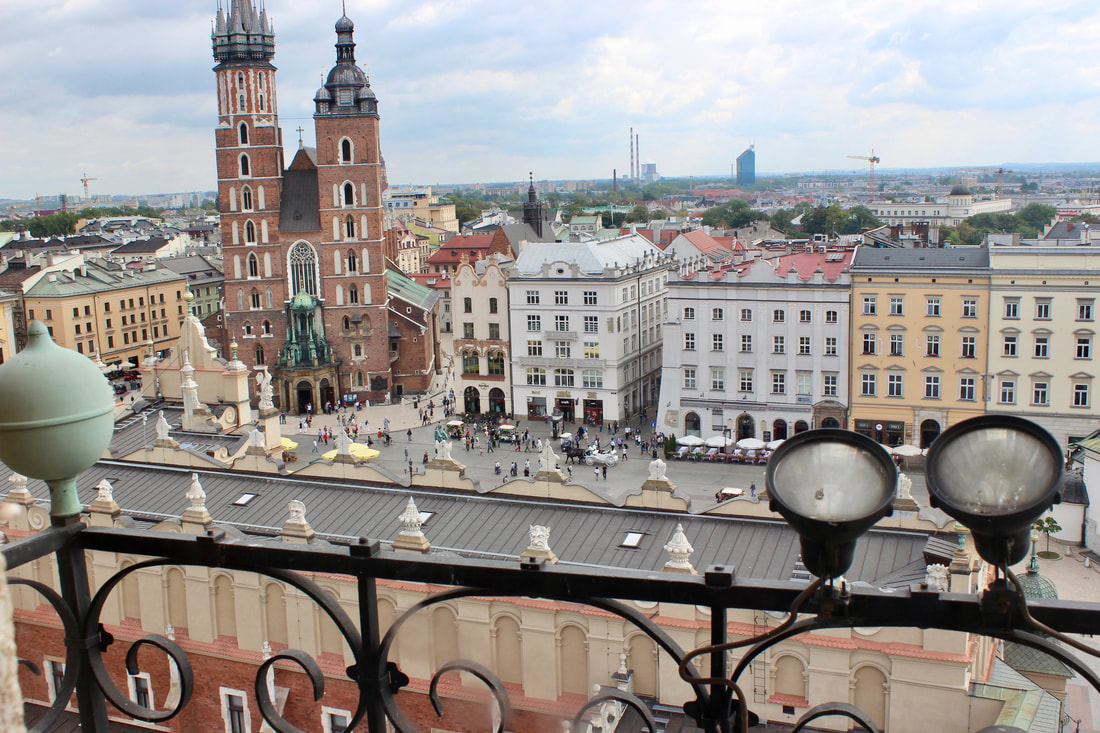







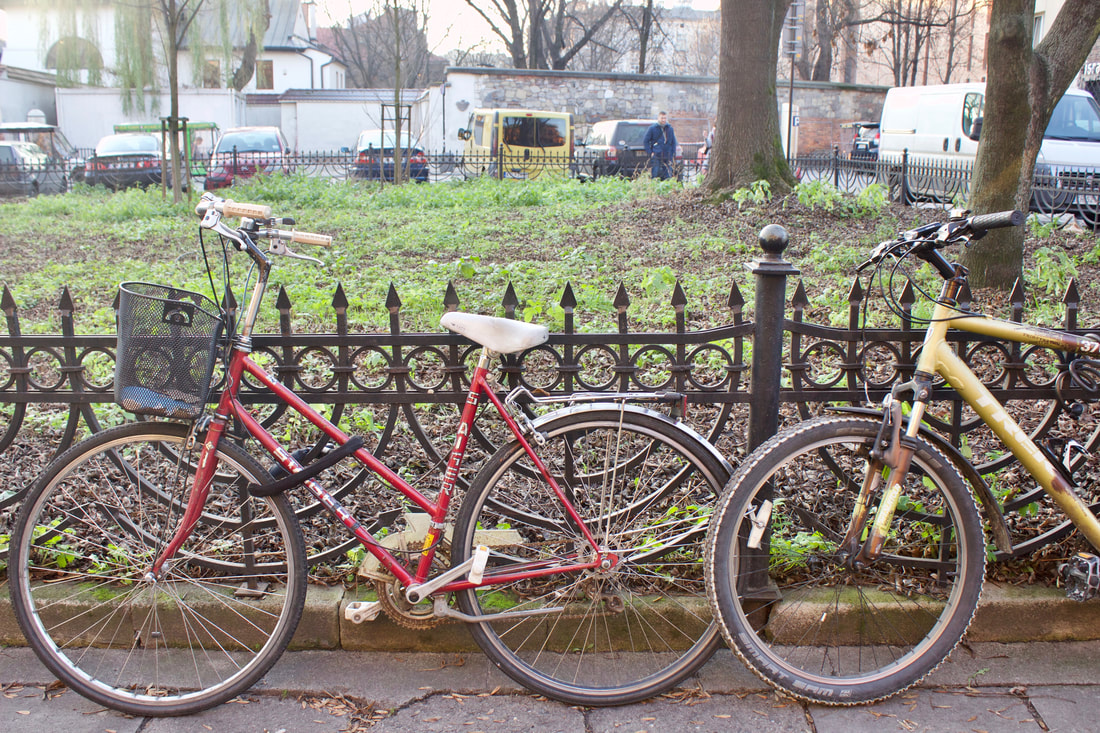
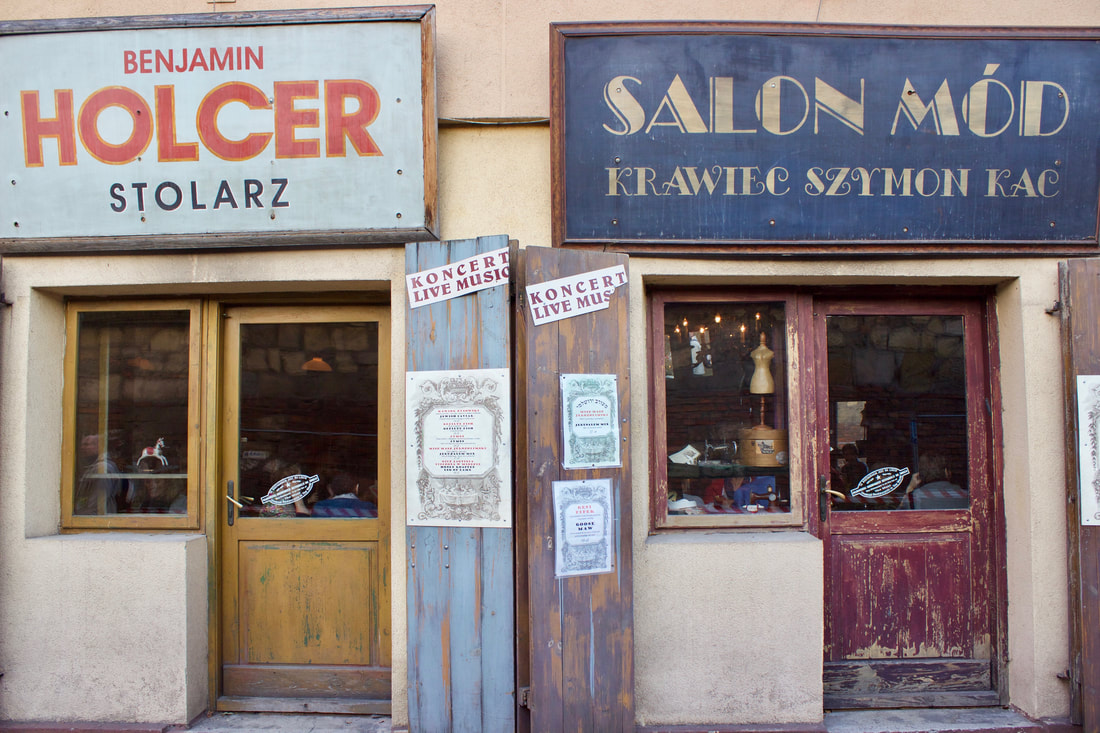


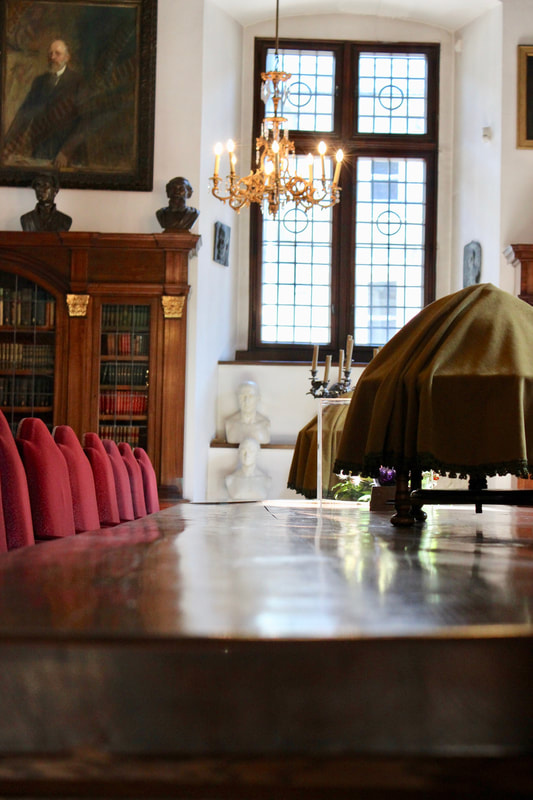
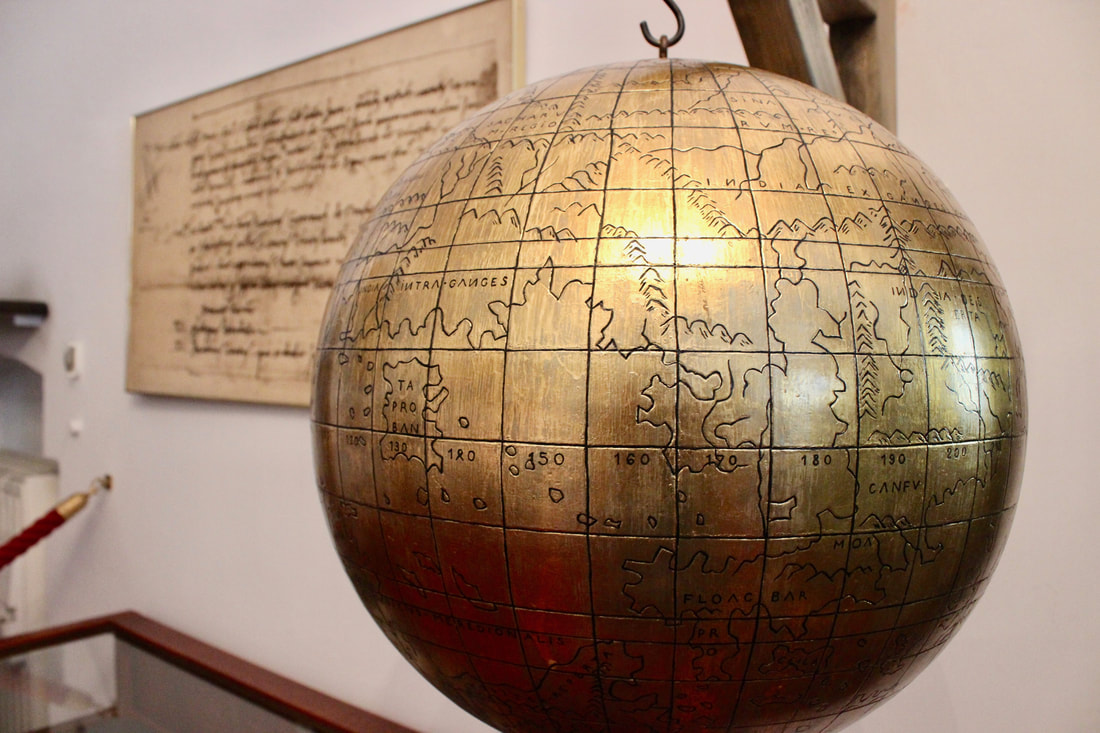

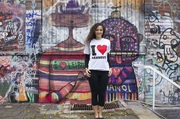

 RSS Feed
RSS Feed